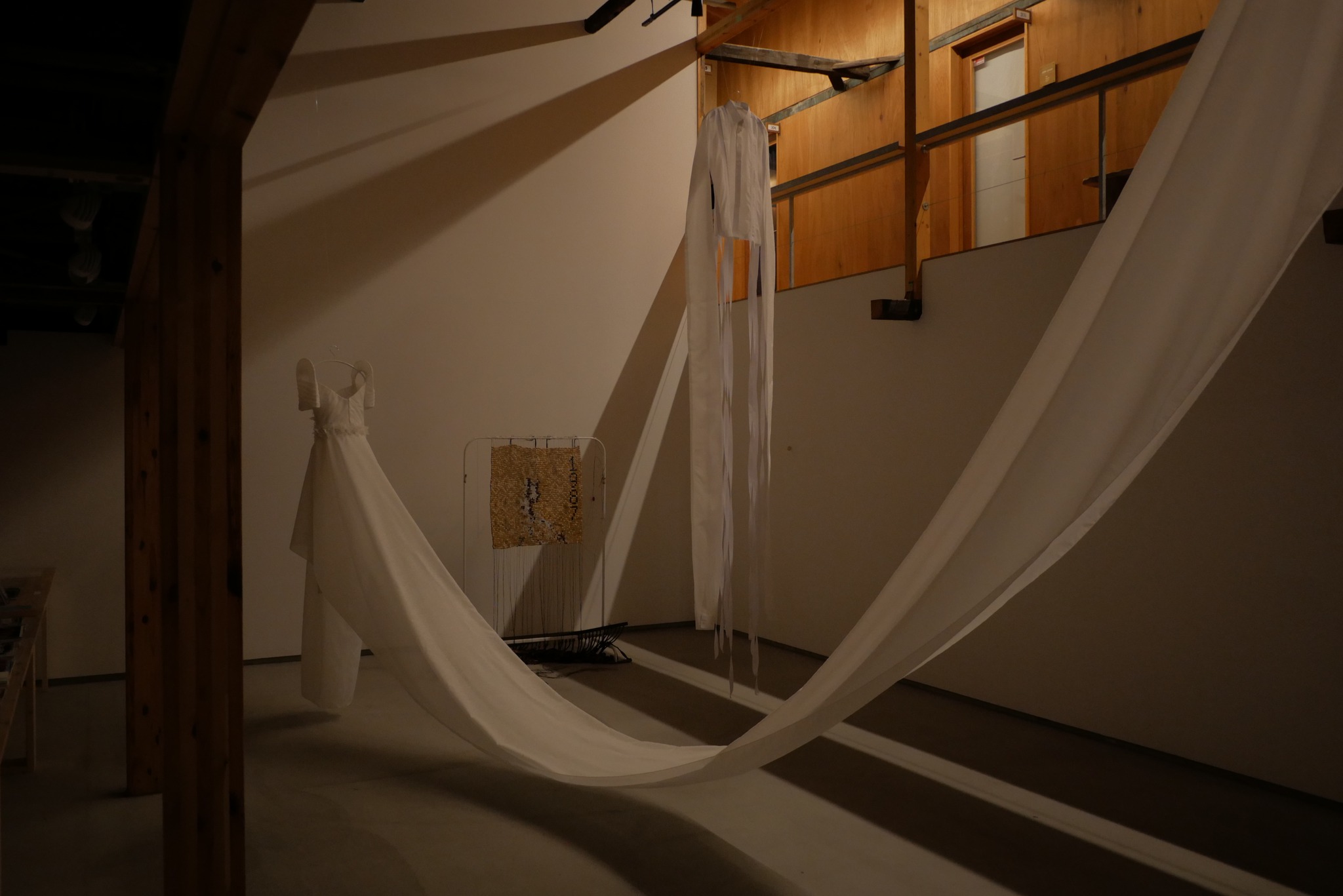
Sakura
A Fleeting Beauty words and photos by Jane J. Panganiban It is quite well known that flowers have always played an important role in Japanese

More to Read on Suki

A Fleeting Beauty words and photos by Jane J. Panganiban It is quite well known that flowers have always played an important role in Japanese

What I Learned When I Started Using A Techo words and photos by Hasmin Dela Pena Moving back to my hometown in 2018, away from

words by and photos by Monzour Buendia Umali Summertime in Japan is not too different in the Philippines. The season is marked by the sound
Copyright © 2021 The Japan Foundation, Manila. All Rights Reserved.